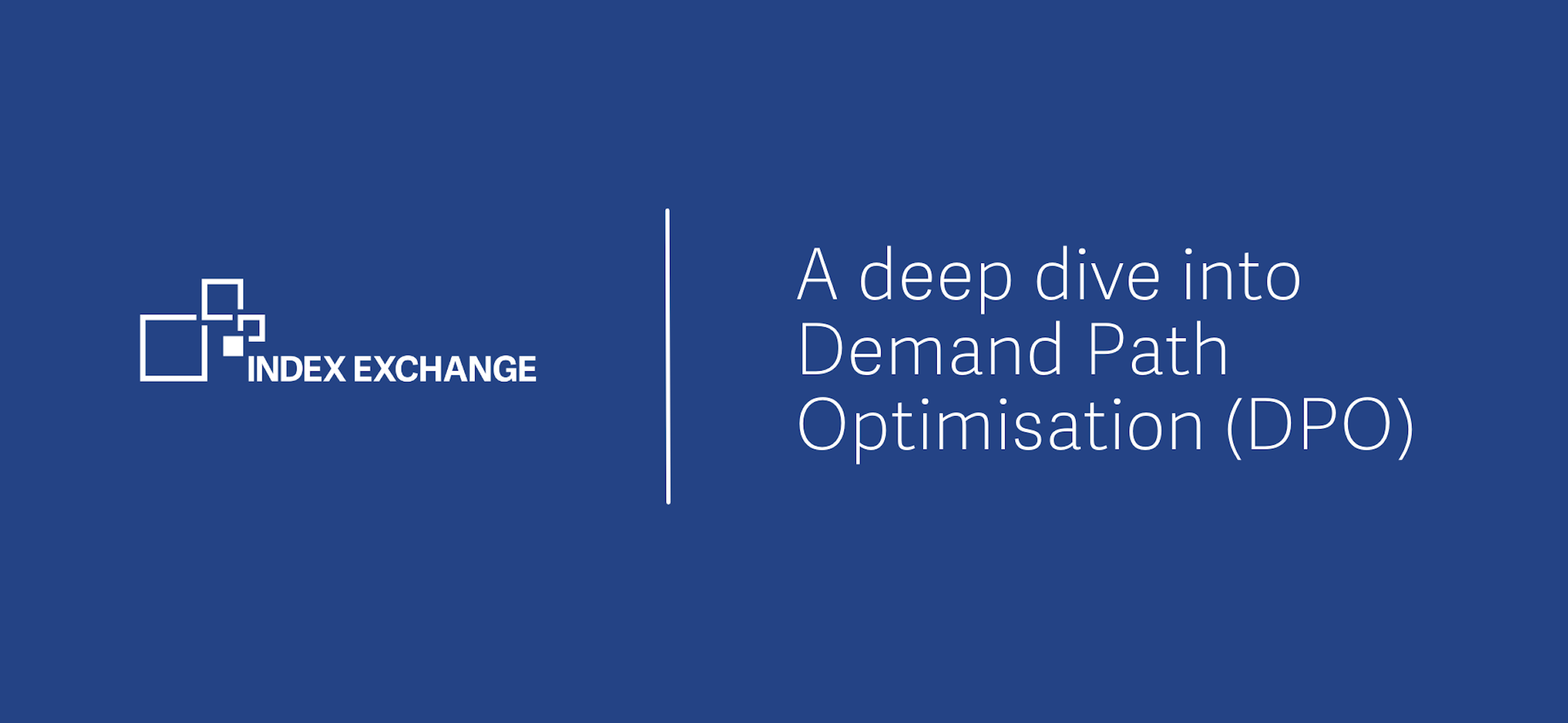Attributed to Renee Fittock, Partner Development Director, APAC at Index Exchange
Buyers are becoming more critical of where, and how they buy programmatic ads and as a result, the buy-side of the industry has begun embarking on a path of supply consolidation through an initiative known as Supply Path Optimisation (SPO).
Ultimately this shift is a direct result of the perception of inefficiency and a lack of transparency in the ad tech supply chain. Examining this challenge further reveals that it’s not just the buy-side that is suffering from inefficiency – the sell-side is experiencing the same impact, and are beginning to lean into Demand Path Optimisation (DPO).
Whilst the topic of DPO has become an area of interest for publishers, before they decide to embark on a DPO journey, it’s important to understand how DPO works and the key elements to consider.
Same, same but different
Programmatic advertising was born to solve the inefficiencies of monetisation; however, its rapid growth and elaborate landscape has resulted in publishers working with a complex web of middle men. As a result, publishers receive multiple bids from the same advertiser for the same impression.
DPO aims to solve this by building a deeper understanding of how advertisers are buying their inventory and identify the most efficient path from buyer to seller. Essentially, it cleans up the media selling process by increasing brand safety and allowing for better user and advertiser experiences.
DPO allows media owners to maintain rate cards and ensure that existing buyers don’t access the same inventory twice, at a lower price point.
So why is this important for publishers and buyers?
Why is it important?
Fewer intermediaries provide both publishers and buyers with more control and streamlining the process gives publishers insight into which partners connect them directly with buyers.
In order to identify the right demand sources, publishers must understand which types of advertisers already access their inventory, and the types of audiences advertisers are interested in. Once identified, this will ultimately mean reducing the number of tech partners whose costs outweigh the benefits, both from an efficiency and monetary standpoint.
Ultimately signing a new tech vendor is easy, that is the reason why many publishers work with a number of tech vendors. What’s difficult, is understanding who is providing real value. Initiatives like buyers.json launched by the IAB Tech Lab aid to provide more clarity into this process and allow for advertising systems to efficiently and elegantly disclose information about buyers, such as name and seat ID, through the hosted buyer.json declaration file.
What are the benefits?
DPO is essentially the cutting out of inefficiencies for publishers, making the benefits quite clear. Successful DPO provides a better user experience and allows publishers to drive up revenue by sourcing the right demand from the right buyers. This benefits buyers and advertisers because they have a clearer and cleaner path to reach the audience they are looking for.
In addition, DPO provides a better user experience by reducing latency and disruptive advertising which allows publishers to build better, more trusted relationships with their users.
Lastly, the reduction of tech partners helps to reduce the workload for a publishers’ programmatic teams.
Effective DPO allows publishers to build deeper more meaningful connections with their tech vendors which ultimately drives further innovation and ultimately – better consumer engagement with more relevant and targeted ads.
